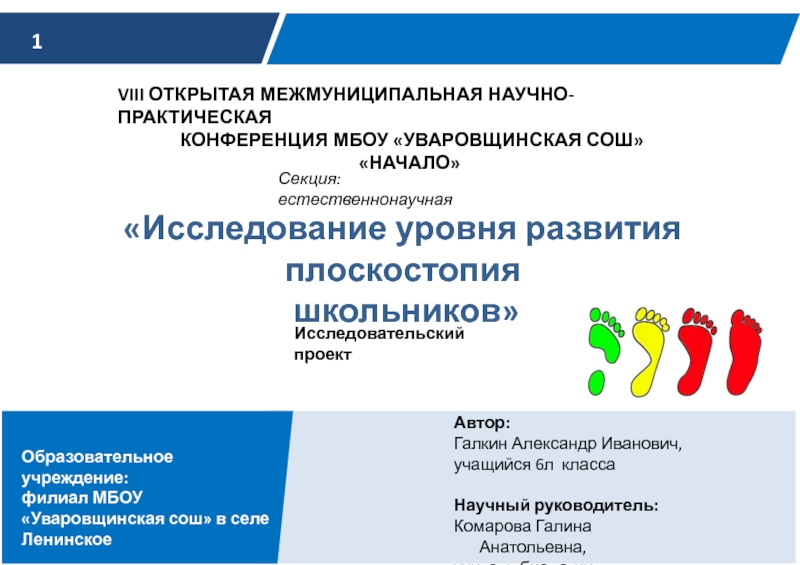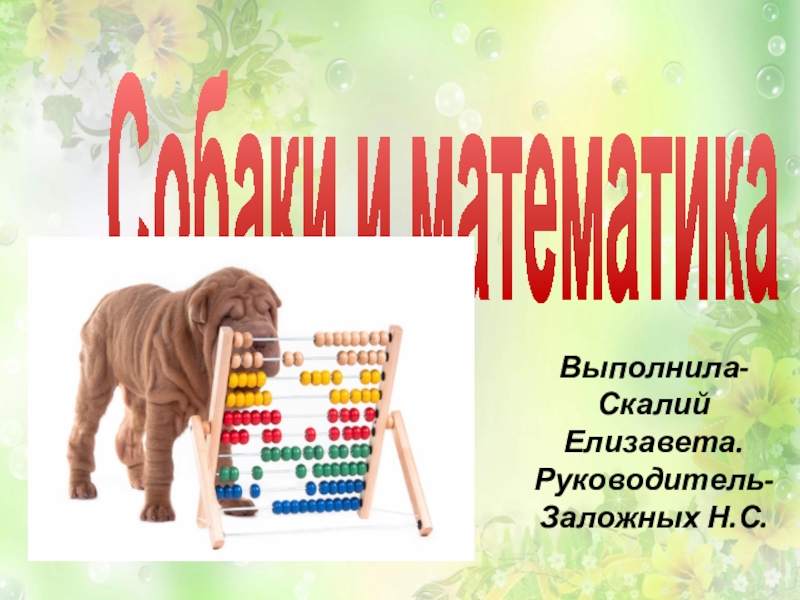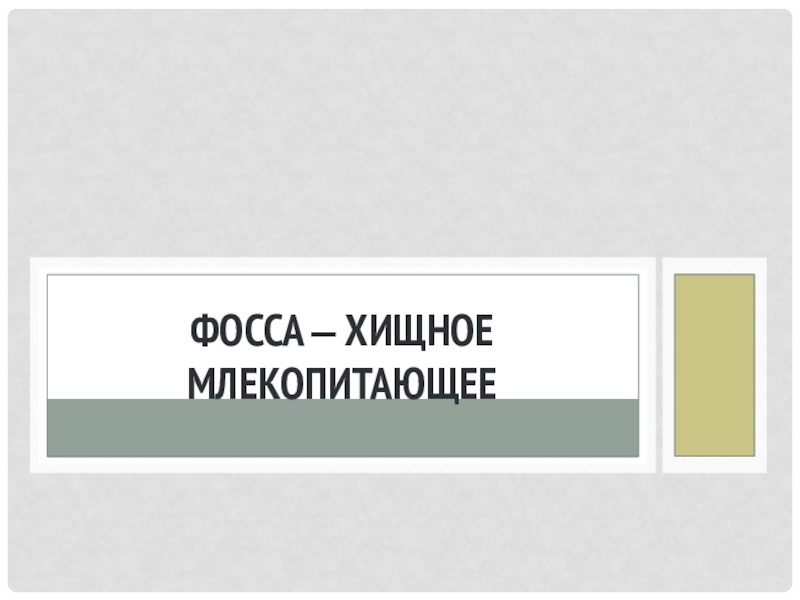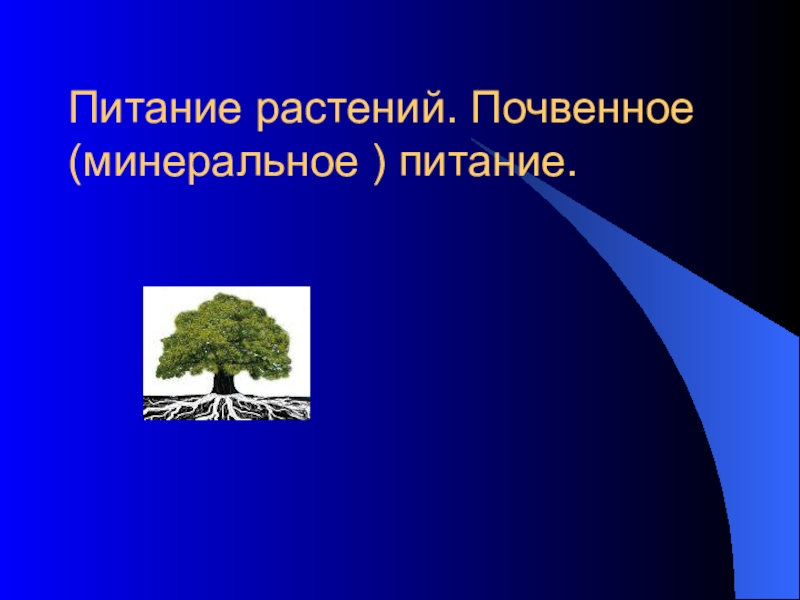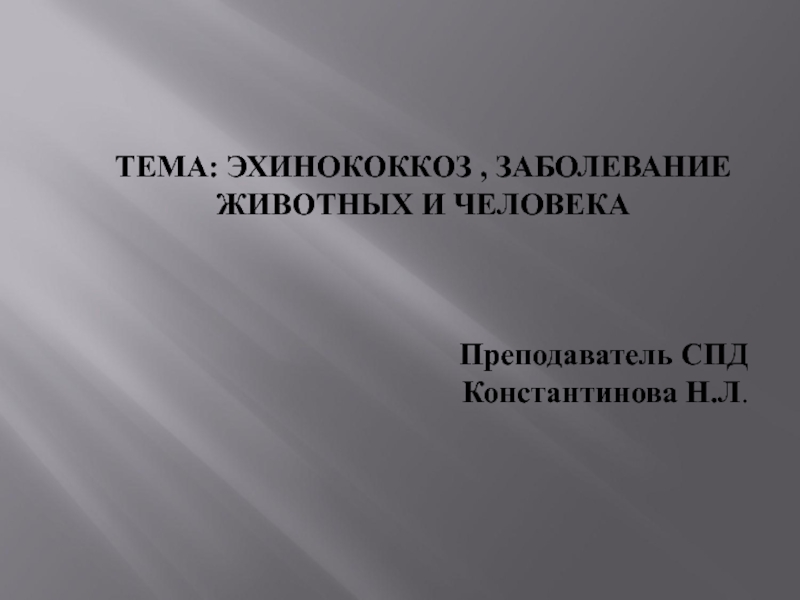- Главная
- Разное
- Образование
- Спорт
- Естествознание
- Природоведение
- Религиоведение
- Французский язык
- Черчение
- Английский язык
- Астрономия
- Алгебра
- Биология
- География
- Геометрия
- Детские презентации
- Информатика
- История
- Литература
- Математика
- Музыка
- МХК
- Немецкий язык
- ОБЖ
- Обществознание
- Окружающий мир
- Педагогика
- Русский язык
- Технология
- Физика
- Философия
- Химия
- Шаблоны, фоны, картинки для презентаций
- Экология
- Экономика
Презентация, доклад на тему Билингвальный урок в презентации Ткани Растений
Содержание
- 1. Билингвальный урок в презентации Ткани Растений
- 2. PLANT TISSUEThe first embryonic plant tissue develops
- 3. PLANT TISSUE ARE CATEGORISED INTO TWO GROUPS:1.MERISTEMATIC TISSUE2.PERMANENT TISSUE
- 4. 1.MERISTEMATIC TISSUE MERISTEMATIC TISSUES ARE CATEGORISED IN
- 5. 1.According to location a.Apical Meristematic Tissue:
- 6. Apical Meristematic Tissue
- 7. Cap and Apical Meristem
- 8. b.Intercalary Meristematic Tissue:Intercalary Meristematic Tissue is located
- 9. c.Lateral Meristematic Tissue:It is located laterally within
- 10. 2.According to Origina.Primary Meristematic Tissue:It retains the
- 11. Слайд 11
- 12. b.Secondary Meristematic Tissue:It is composed of permanent
- 13. CAMBIUM:A plant tissue consisting
- 14. 2. PERMANENT TISSUEPermanent tissues are divided into the following groups according to their structure :ParenchymatousDermalSupportiveVascularGlandular
- 15. 1.Parenchymatous TissueParenchymatous cells form the bulk
- 16. Parenchyma
- 17. Cortical Parenchyma
- 18. 2.Dermal TissueDermal tissue covers the
- 19. Слайд 19
- 20. Epidermis
- 21. Epidermis and Stomata
- 22. Слайд 22
- 23. Periderm
- 24. 3. Supportive TissueAll higher land
- 25. Collenchyma
- 26. a. Collenchymas: is a living tissue
- 27. Collenchyma
- 28. b. Sclerenchyma: is the main
- 29. Sclerenchyma Fibers
- 30. Sclereids-Stone Cells
- 31. 4. Vascular TissueAll terrestrial plants
- 32. Vessel and Tracheid
- 33. XYLEM: transport water and water
- 34. Слайд 34
- 35. Слайд 35
- 36. Слайд 36
- 37. Xylem Vessels
- 38. Seive Cells and Companion Cells
- 39. Vascular Bundles: The vascular bundles
- 40. Слайд 40
- 41. Xylem,Phloem,Vascular cambium
- 42. Seive Plates
- 43. 5.Secretory TissueSecretory cells may function either as
- 44. Glandular Trichome
- 45. a.External Secretory Tissues 1. Hydathodes 2. Nectaries 3. Digestive Glands
- 46. b. Internal Secretory Tissues 1.Lactiferous tissues 2.Multicellular Glands:Schizogenous GlandsLysigenous GlandsSchizolysigenous Glands
PLANT TISSUEThe first embryonic plant tissue develops as a result of mitotic division of the zygote after fertilisation.
Слайд 2PLANT TISSUE
The first embryonic plant tissue develops as a result of
mitotic division of the zygote after fertilisation.
Слайд 41.MERISTEMATIC TISSUE
MERISTEMATIC TISSUES ARE CATEGORISED IN TWO DIFFERENT WAYS:
1.ACCORDING TO THEIR
LOCATION AS
Apical
Intercalary
Lateral
2.ACCORDING TO THEIR ORIGIN AS
Primary
Secondary
Apical
Intercalary
Lateral
2.ACCORDING TO THEIR ORIGIN AS
Primary
Secondary
Слайд 5 1.According to location
a.Apical Meristematic Tissue:
Apical meristematic tissue is
located at the tip of the root,stem and braches.
It provides longitudinal growth of these organs.
It provides longitudinal growth of these organs.
Слайд 8b.Intercalary Meristematic Tissue:
Intercalary Meristematic Tissue is located between permanent tissue at
the point where a leaf or side branch develops.For example at the base of internode.
It also provides longitudinal growth.
It also provides longitudinal growth.
Слайд 9
c.Lateral Meristematic Tissue:
It is located laterally within the stem or root
and provides an increase in the diameter or girth of a plant.
Слайд 102.According to Origin
a.Primary Meristematic Tissue:
It retains the ability to divide through
out the life of the plant.
It is located at the tips of roots,stem and branches.
The region where the cell continously divides is known as the growth region.
It is located at the tips of roots,stem and branches.
The region where the cell continously divides is known as the growth region.
Слайд 12b.Secondary Meristematic Tissue:
It is composed of permanent tissue cells that have
regained their ability to divide by the stimulation of hormones.
Cambium and spongy cambium are examples of this type of meristematic tissue.
Cambium and spongy cambium are examples of this type of meristematic tissue.
Слайд 13
CAMBIUM:A plant tissue consisting of actively dividing cells
that is responsible for increasing the girth of the plant, it causes secondary growth.
Click
Слайд 142. PERMANENT TISSUE
Permanent tissues are divided into the following groups according
to their structure :
Parenchymatous
Dermal
Supportive
Vascular
Glandular
Parenchymatous
Dermal
Supportive
Vascular
Glandular
Слайд 15 1.Parenchymatous Tissue
Parenchymatous cells form the bulk of the tissues of
the root, stem cortex and leaf mesophyll layer. They are large, thin walled and generally undifferentiated.
Functions: healing, regeneration of damaged structures, photosynthesis, respiration, storage, secretion and movement of water and food.
Functions: healing, regeneration of damaged structures, photosynthesis, respiration, storage, secretion and movement of water and food.
Слайд 18 2.Dermal Tissue
Dermal tissue covers the outer surface of the
root stem, leaves and fruits, protecting the inner cells from external hazards.
It consists of epidermis and periderm. It functions in the reduction of water loss in terrestrial plants during hot and dry periods.
It consists of epidermis and periderm. It functions in the reduction of water loss in terrestrial plants during hot and dry periods.
Слайд 24 3. Supportive Tissue
All higher land plants require support to
help them withstand the effects of environmental conditions such as wind and rain.
Woody plants require a stronger system of support and have extensive supportive tissues known as collenchyma and sclerenchyma.
Woody plants require a stronger system of support and have extensive supportive tissues known as collenchyma and sclerenchyma.
Слайд 26 a. Collenchymas:
is a living tissue found in the leaves
and stalks of flowers and fruits of actively growing perennial plant it is also found in some annual plants.
Collenchymas cells usually form strands or rings giving flexibility as well as mechanical support.
Collenchymas cells usually form strands or rings giving flexibility as well as mechanical support.
Слайд 28 b. Sclerenchyma:
is the main supporting tissue of woody
plants. As each cell matures, it accumulates first cellulose and pectin, then becomes lignified.
Sclerenchyma cells may be in the form of individual round cells known as stone cells and are found in fruits such as pears and quince.
Sclerenchyma cells may be in the form of individual round cells known as stone cells and are found in fruits such as pears and quince.
Слайд 31 4. Vascular Tissue
All terrestrial plants need a vascular system
to transport minerals and water to the leaves for photosynthesis, and then to distribute the products of photosynthesis through the plant.
Their vascular tissue is composed of xylem and phloem vessels.
Their vascular tissue is composed of xylem and phloem vessels.
Слайд 33
XYLEM: transport water and water
soluble elements from root to
the leaves.
PHLOEM: transports the products of
photosynthesis from the
leaves to the other areas of
the plant.
the leaves.
PHLOEM: transports the products of
photosynthesis from the
leaves to the other areas of
the plant.
Слайд 39 Vascular Bundles: The vascular bundles form
the
main transport system of higher plants
and consist of xylem and phloem vessels.
In dicotyledons that have no secondary
growth, the vascular bundles are initially
arranged in a circle around the outside of
the pith. The xylem and phloem vessels are
separated by a layer of meristematic tissue
known as cambium.
In monocotyledons, the xylem and phloem
are irregularly arranged in bundles through
out the ground tissue of the stem and there
is no cambium between them.
and consist of xylem and phloem vessels.
In dicotyledons that have no secondary
growth, the vascular bundles are initially
arranged in a circle around the outside of
the pith. The xylem and phloem vessels are
separated by a layer of meristematic tissue
known as cambium.
In monocotyledons, the xylem and phloem
are irregularly arranged in bundles through
out the ground tissue of the stem and there
is no cambium between them.
Слайд 435.Secretory Tissue
Secretory cells may function either as a group or individually.
Their by-products of
metabolism perform many useful roles. Resins and tanins are secretions that protect the plant from attack by pathogens.
Nectar provides an energy source for insects which in turn pollinate the female gametophyte.
Alkaloids are secretory poisons that defend the plant against herbivores.
metabolism perform many useful roles. Resins and tanins are secretions that protect the plant from attack by pathogens.
Nectar provides an energy source for insects which in turn pollinate the female gametophyte.
Alkaloids are secretory poisons that defend the plant against herbivores.
Слайд 46b. Internal Secretory Tissues
1.Lactiferous tissues
2.Multicellular Glands:
Schizogenous
Glands
Lysigenous Glands
Schizolysigenous Glands
Lysigenous Glands
Schizolysigenous Glands














































